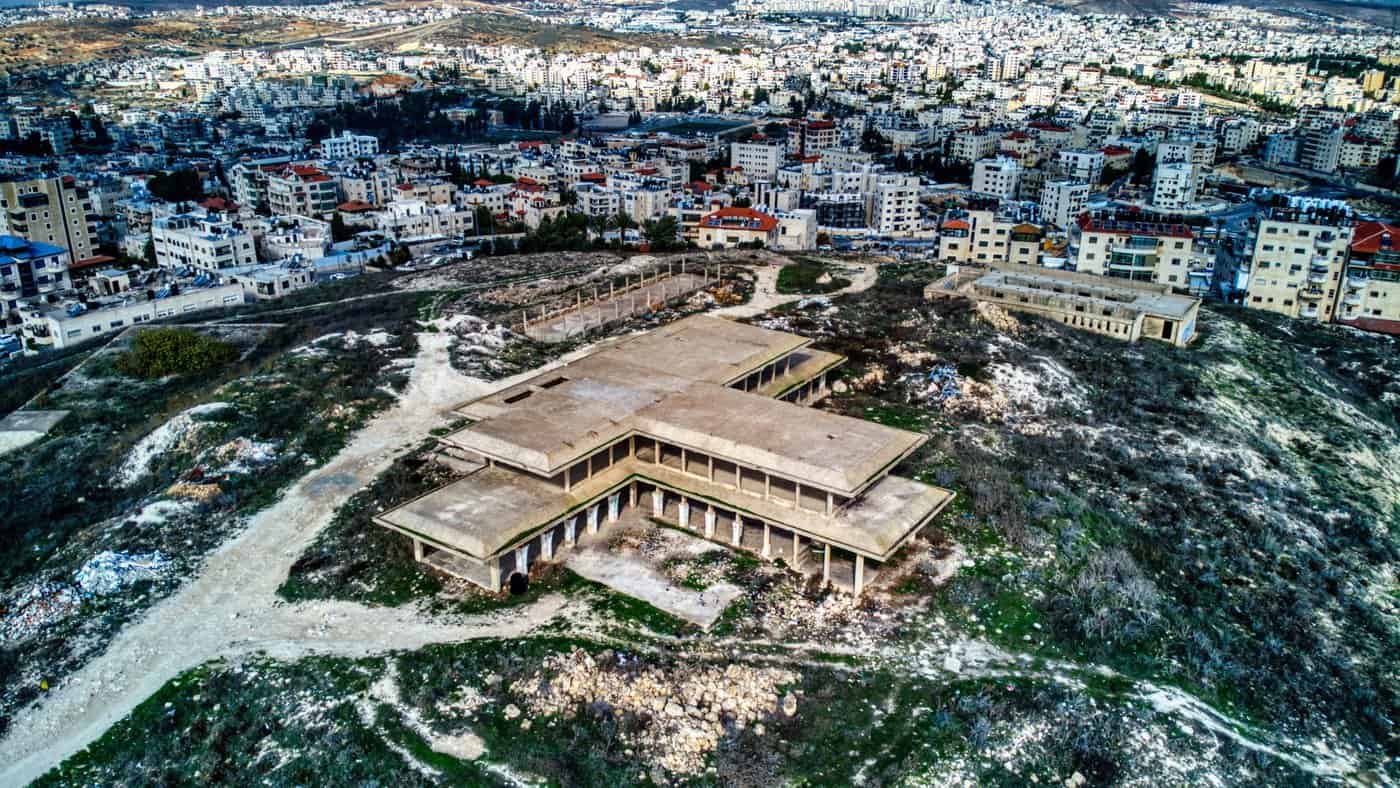Nestled within the historic landscape of the Holy Land lies the biblical tel of Gibeah, an archaeological site that offers a fascinating glimpse into the past. Moreover, this ancient city, steeped in biblical history and intrigue, invites archaeologists, historians, and curious travelers to uncover its long-buried secrets.
Gibeah in the Bible
Furthermore, Gibeah features prominently in the Hebrew Bible and is known for its association with pivotal events in Israel’s early history. Notably, it’s linked to the Judges period and King Saul’s reign.
The Levite’s Concubine (Judges 19-21)
One of the most infamous episodes involving Gibeah is the story of the Levite’s concubine. This tragic tale of violence and retribution highlights the moral and societal challenges faced during this era.
Saul’s Selection as King (1 Samuel 10)
Gibeah of Benjamin is also the hometown of Saul, Israel’s first king. His anointing as king occurred in the ancient city, marking a significant moment in biblical history.
Archaeological Excavations
Over the years, archaeologists have excavated at the tel of Gibeah to unearth its secrets. These excavations have revealed valuable insights into the city’s history, culture, and the daily life of its inhabitants.

Credit: Hagai Agmon-Snir, via Wikimedia Commons
Discoveries at Gibeah
Defensive Fortifications
Archaeologists have uncovered remnants of defensive walls and fortifications at Gibeah, shedding light on the city’s efforts to protect itself in an era of political and military turmoil.
Domestic and Religious Structures
Excavations have revealed evidence of domestic dwellings and religious structures, offering a glimpse into the people’s daily lives and beliefs in the ancient city.
Clay Pottery and Artifacts
Numerous pottery fragments, tools, and artifacts have been found, providing valuable clues about the time’s material culture and technological advancements.
Gibeah’s Historical Significance
In addition, Gibeah’s historical significance extends beyond its biblical narratives. Furthermore, the city’s location in the territory of Benjamin, its interactions with neighboring tribes and cities, and its role in the early monarchy period all contribute to a rich tapestry of historical understanding.
Visiting Gibeah Today
Today, visitors to the tel of Gibeah can explore the archaeological remains and gain a deeper appreciation of the city’s historical and biblical importance. Furthermore, guided tours, educational programs, and exhibitions help bring the past to life, allowing travelers to follow ancient inhabitants’ footsteps.
Preserving Cultural Heritage
In addition, efforts to preserve and protect Gibeah’s archaeological treasures ensure its historical significance for future generations. Moreover, conservation initiatives and ongoing research contribute to a deeper understanding of this ancient city’s role in biblical and regional history.
Conclusion
The biblical tel of Gibeah stands as a testament to the enduring allure of the Holy Land’s rich history. It invites all curious to embark on a journey through time, where the stories of judges, kings, and every day people come to life amidst the ancient ruins. So, as you explore the layers of history at Gibeah, you’ll find yourself immersed in the captivating narrative of a city that played a pivotal role in the unfolding drama of Israel’s early years. More about Gibeah on Wikipedia!

